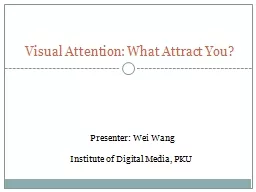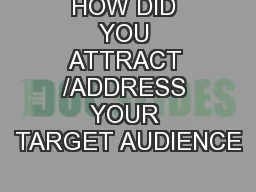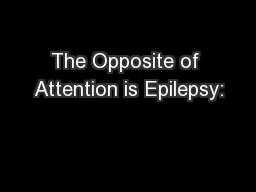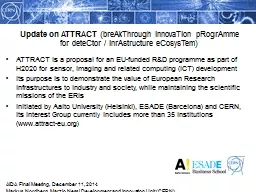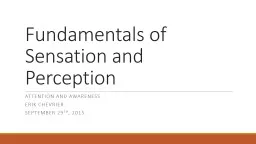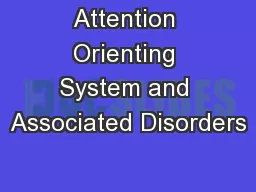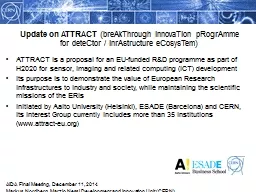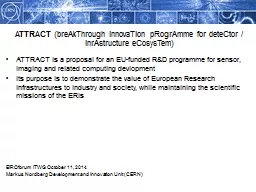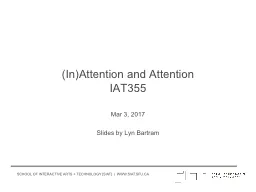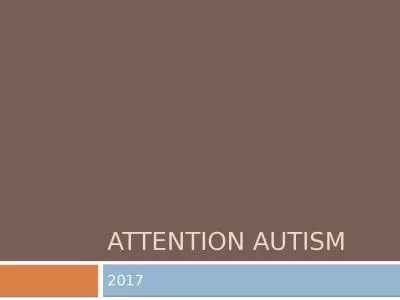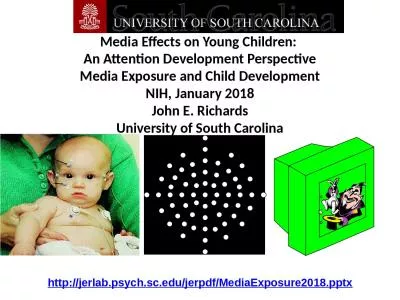PPT-Visual Attention: What Attract You?
Author : trish-goza | Published Date : 2015-10-22
Presenter Wei Wang Institute of Digital Media PKU Outline Introduction to visual attention The computational models of visual attention The stateoftheart models
Presentation Embed Code
Download Presentation
Download Presentation The PPT/PDF document "Visual Attention: What Attract You?" is the property of its rightful owner. Permission is granted to download and print the materials on this website for personal, non-commercial use only, and to display it on your personal computer provided you do not modify the materials and that you retain all copyright notices contained in the materials. By downloading content from our website, you accept the terms of this agreement.
Visual Attention: What Attract You?: Transcript
Download Rules Of Document
"Visual Attention: What Attract You?"The content belongs to its owner. You may download and print it for personal use, without modification, and keep all copyright notices. By downloading, you agree to these terms.
Related Documents

